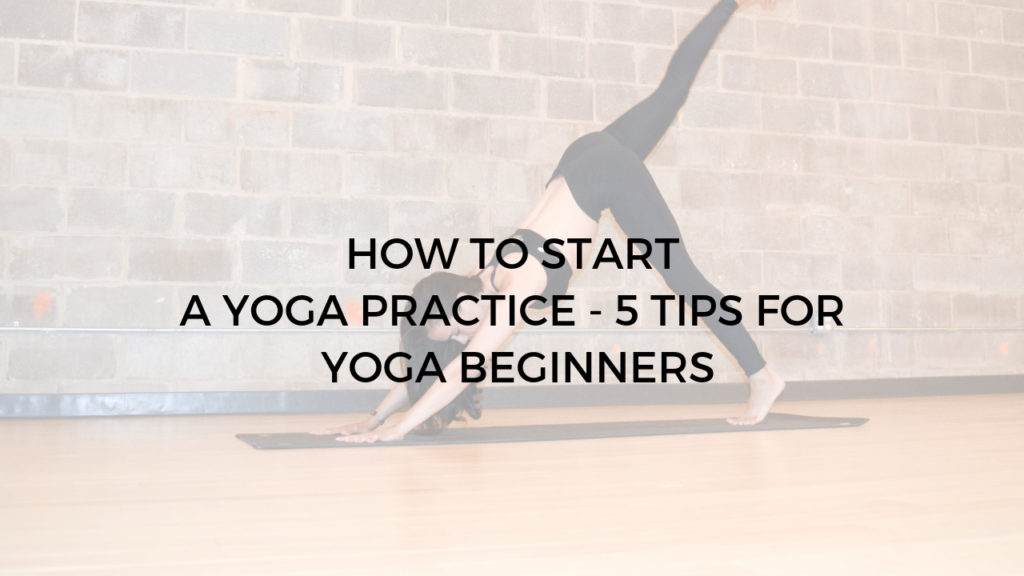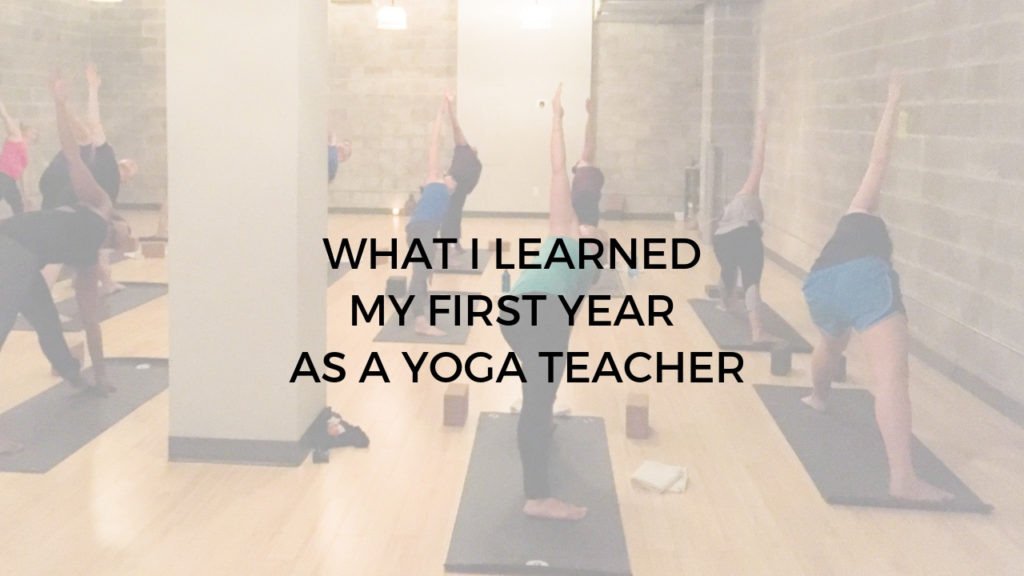If you’re familiar with training puppies, you probably know that one effective way to train them is to redirect their attention to something they reeeeally like (i.e. toy or treat) and away from the unwanted behavior (jumping, pulling).
At first, the puppy will struggle to keep its attention on the object (for sure), and it will keep going back to the unwanted behavior.

The trainer must keep redirecting its attention as many times as needed until the puppy learns to focus and eventually “leave it,” and a more calm, obedient dog.
In the meditation world, we call this active concentration, or Dharana in Sanskrit.
Dharana is the practice of training the mind by actively concentrating on one point for a certain period of time.
Now, if you ask me, concentration is the biggest stage of all.
“Concentration is the beginning of meditation; meditation is the culmination of concentration. They are more or less inseparable.”
The Yoga Sutras of Patanjali
While breathwork (Pranayama) and inner observation (Pratyahara) are key preparatory steps, concentration is where we need to spend most of our time on because it requires a LOT of practice.
So, how do you practice concentration, and what should you concentrate on?
Ok, this is important because whatever you choose to concentrate should be comfortable and accessible to YOU.
Concentration should never be forced.
Otherwise you’ll just get frustrated and probably quit sooner than later.
- The most common one is concentrating on your breath. In and out, in and out, in and out. This is also a breathing technique called simple breathing and it’s very calming. However, it’s one of the most difficult ways to concentrate.
- You can concentrate on an object (flame, picture, shape, etc.) This is also known as *glazing.*
- You can concentrate on a sound, mantra, or affirmations.
- You can concentrate on visualizing a light, object, or symbol. This is a big part of the Yoga Nidra practice and it leads to that culminating deep meditative state.
- You can concentrate on certain parts of your body, or feelings or sensations.
Of course, when you practice concentration, your mind WILL wander around, some days more, some days less.
But, just like the puppy, you just keep bringing your attention back as many times as needed.
Practice and patience are always key.
Again, training your mind to focus should be part of your everyday practice.
Why?
Well, a mind that can concentrate and successfully withdraw from daily stressors leads to better performance in just about everything you do.
Not to mention inner clarity, inner calm, productivity, and mental well-being.
So for today’s we’re going to do another breath visualization.
This one is simple, yet so powerful. It’s the Manduki Kriya, or the inverted V visualization.
Keeping the natural flow of breath, you visualize two lines of energy going in through the nostrils and meeting at the space between your eyebrows, forming an inverted V shape.
You keep this visualization going for as long as needed, eventually resting your awareness at the middle of the eyebrows (midbrain area) as you move into effortless concentration.
This practice is best done in the morning or afternoon because it’s quite active and promotes deep focus.
So let’s do it!
Click here to do the practice, or the picture below.


